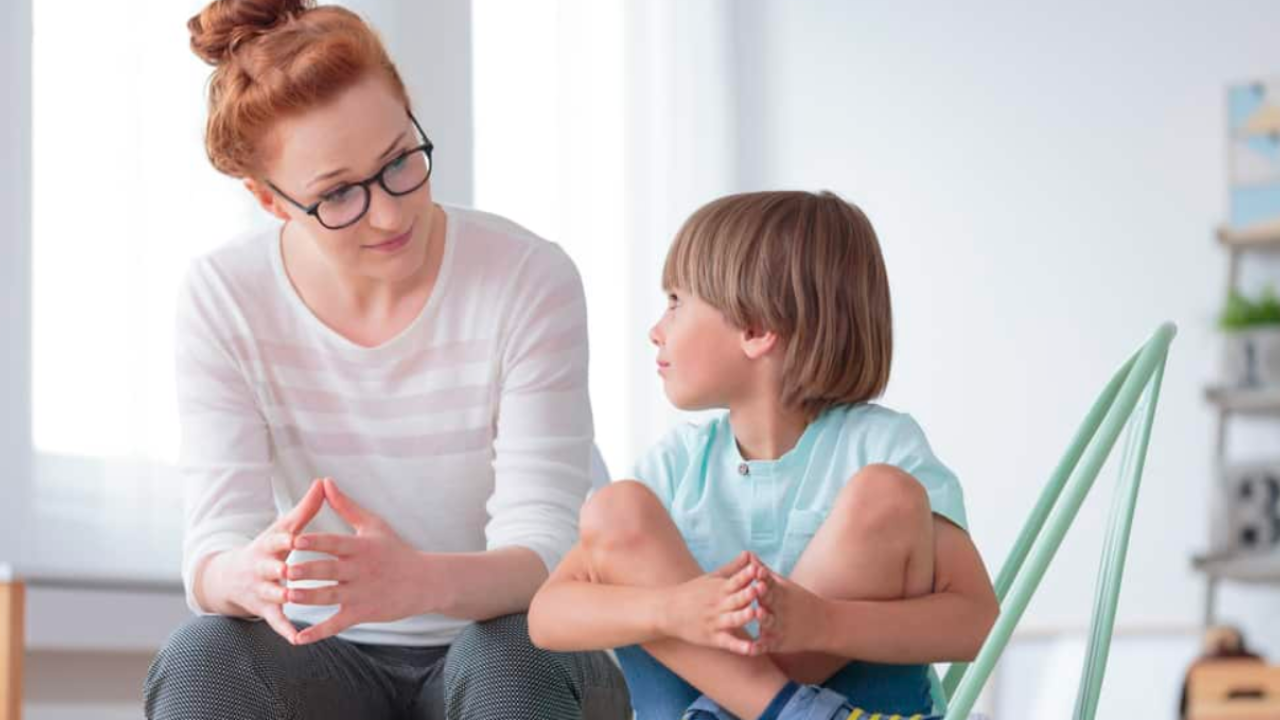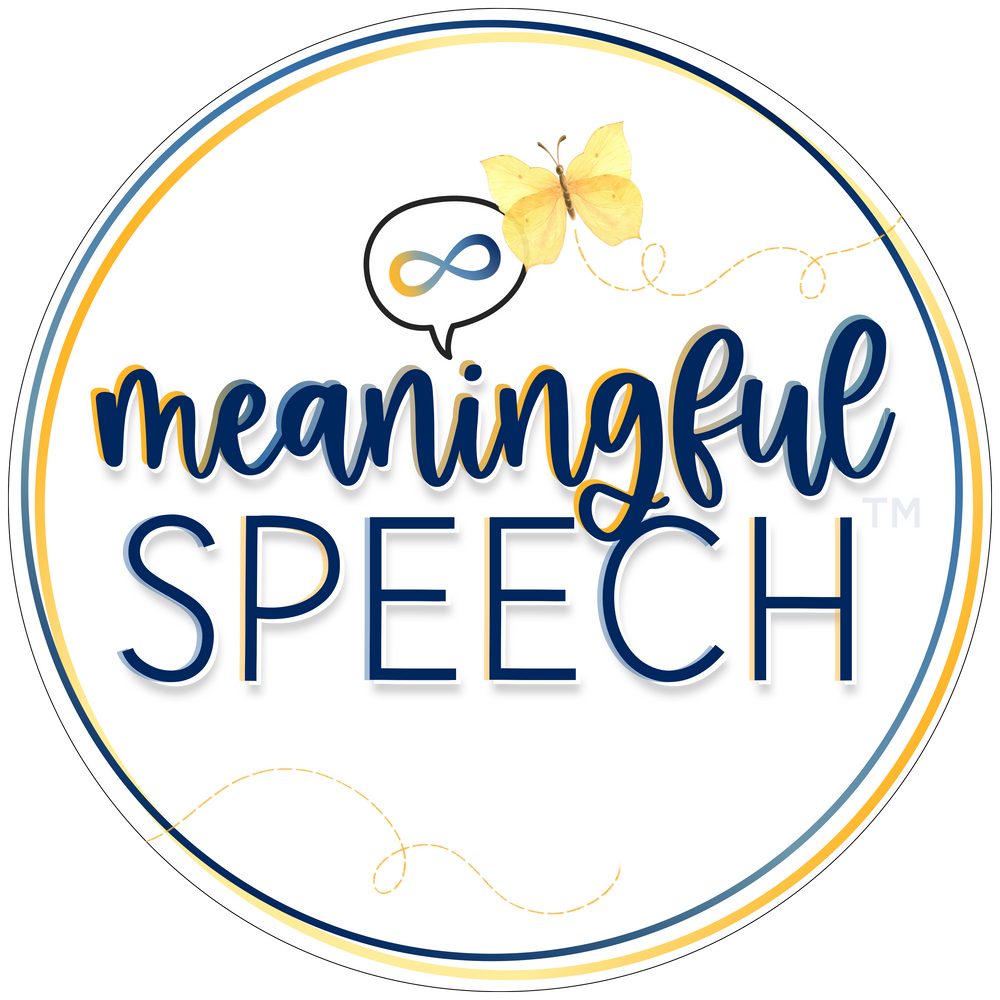How to choose gestalts to model
Aug 02, 2023
Our goal for gestalt language processors in Stage 1 is for them to increase the amount and variety of mitigable (easy to mix and match and/or trim down in stage 2) gestalts that they are using spontaneously through naturalistic language modeling. Here are some things you’ll want to consider when choosing language to model for gestalt language processors in Stage 1:
- Is it easily mitigable? Gestalts that are easily mitigable can be mixed and matched together or trimmed down easily in Stage 2.
- Examples of gestalts that are easily mitigable:
- Let’s get a snack.
- How bout we go home
- That's so silly!
- Need some help.
- We're jumping.
- Wanna jump on the trampoline
- These could be mitigated to:
- Need some + snack
- Let’s + jump
- We’re + home
- These could be trimmed down to:
- Wanna jump
- These could be mitigated to:
- Examples of gestalts that are easily mitigable:
- Examples of gestalts that are not easily mitigable:
- Peas and carrots, carrots and peas.
- Pop goes the weasel!
- Fish (single words)
- To infinity and beyond!
- Is it individualized and meaningful to the child? There is NOT a list of gestalts we recommend modeling for all gestalt language processors. The gestalts we choose to model should be individualized and meaningful to that child.
- Think about what is useful to the child.
- What does the child want to tell us?
- What are they saying with their gestalts right now?
- What are their interests?
- Is it from the child's perspective/joint perspective? We want to model language that is either from the child's perspective (how they would say it themselves) or from a joint perspective (you and the child). We want to avoid using language that uses the pronouns "you" and "you're". This is because the child will repeat the language you model verbatim. Using pronouns "you" and "you're" will make it seem like the child has pronoun reversal when they don't. This often results in them having inappropriate grammar goals to correct pronoun reversals from clinicians who do not understand gestalt language development and natural language acquisition.
- For example, if the child is hungry, rather than saying "oh you're so hungry!" model language from their perspective: "I'm hungry!" or a joint perspective: "Let's get a snack"
- Is it attempting to expand upon a single word gestalt? It shouldn’t be. If the child has single word gestalts, do not try to model language that attempts to expand on those. We cannot build upon or expand on single word gestalts. We want to ALWAYS acknowledge them, but also leave them alone when a child is still in Stage 1.
- Example: Child has "dog" as a stuck single word gestalt (it holds a much larger meaning than just the word itself, they use it for every animal they see). We wouldn't try to expand on this and say something like "It's a dog!". Instead, acknowledge their single word gestalt and model something completely novel like "It's so big!”
- Are you modeling a variety of communicative intents? Think about all the reasons we communicate. We want GLPs to have a variety of gestalts across communicative intents, at least one gestalt per category before moving onto supporting Stage 2. These categories include:
- Expressing wants/needs (e.g. “Let’s eat snack”)
- Joint action routines (e.g. “Wanna jump!”)
- Surprises (e.g. “That’s a surprise”)
- Transitions (e.g. “What’s next?”)
- Protesting (e.g. “Don’t like it”)
- Sensory-motor experiences (e.g. “That’s too loud”)
- Shared joy (e.g. “Jumping is the best!”)
- Help (e.g. “Need some help”)
- Commenting (e.g. “That’s silly!”)
- Self-Advocacy (e.g. “Stop now”)
- Have you considered the length of the gestalts you’re modeling? We want to consider things like the child’s age and/or if they have motor planning difficulties when choosing gestalts to model. If the child is young or has difficulties with motor planning, we’ll want to keep gestalts we model shorter, around 2-3 words. For example: If the child is 2 years-old, rather than modeling a longer phrase like “Let’s go jump on the trampoline” you might model something shorter like, “Let’s jump!”.
Want to learn more in-depth information about how to support gestalt language processors?
- There are many free podcasts, webinars and articles to get you started. A comprehensive list of resources can also be found on our website and Communication Development Center's website.
- Consider taking the Meaningful Speech course to learn more about how your child or client processes language, how you can help support them from echolalia to self-generated (original flexible) language, child-led therapy, and neurodiversity-affirming practices.
- Consider taking our AAC + Gestalt Language Processing course . It will teach you how to identify, evaluate and support gestalt language processors who use AAC or who you think might benefit from AAC.
- Look for a speech-language pathologist (SLP) who "gets it" and can help you in supporting your child's language development. Check out our registry. for SLPs who understand gestalt language processing and child-led therapy.
- Are you a school-based or private practice clinician looking for intake forms for new clients/students or creative visual reminder posters for your space? Check out the Meaningful Speech Marketplace.
